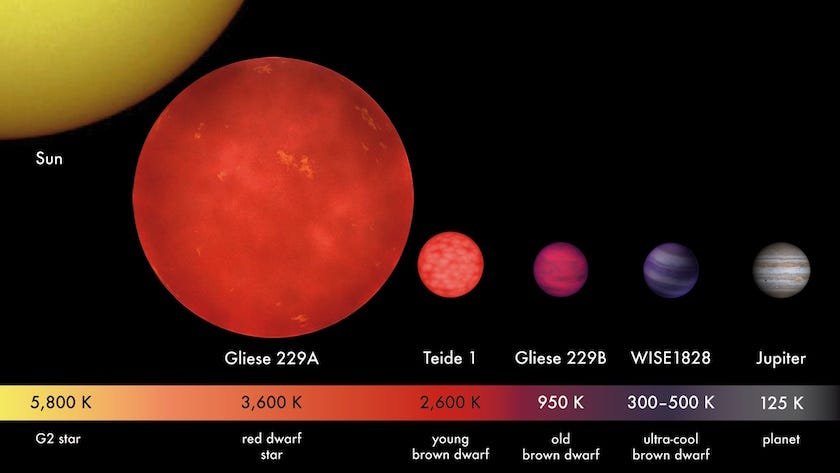Red dwarfs are the Universe’s most common star type. Their flaring now makes potentially Earth-like worlds uninhabitable, but just you wait.
Here on Earth, life began very early on after our planet’s formation: at least 3.8 billion years ago and possibly even earlier. By 2.7 billion years ago, it had developed photosynthesis. A little later, aerobic respiration developed, followed by eukaryotic cells, multicellularity, and sexual reproduction. More than half a billion years ago, the first fungi, plants, and animals appeared, leading to a planet whose continents and oceans were overrun with large, complex, differentiated organisms. With the arrival of human beings, Earth has become a planet dominated by an intelligent, technologically advanced, on the cusp of even being a spacefaring species.
With so many other planets out there in the Universe, it seems like an inevitability that there would be other worlds where similar successes have occurred. However, our Sun is relatively uncommon among stars, as lower-mass red dwarf stars vastly outnumber stars like our own. Although nearly all of the Earth-sized worlds we’ve found so far orbit these small low-mass, low-luminosity red dwarf stars, none of them show evidence of having life on them…

